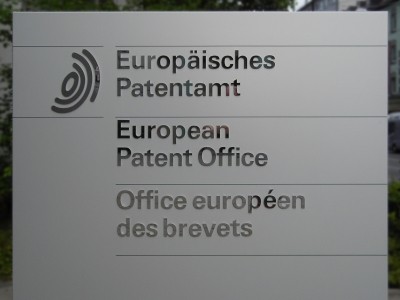3M sells another chunk of pharma biz
pharmaceuticals business, fourteen months after it decided to give
up on the 'very competitive' industry.
Having raked in $2.1bn (€1.57bn) through selling the vast majority of its pharma assets last November, 3M has now agreed to sell 'the majority' of its Toll-like receptor (TLR) cancer research programme to Coley Pharmaceuticals for a relatively meagre $20m. 3M are said to be left with several small molecules in 'certain fields' of TLR research. For its money, Coley has bought preclinical and clinical small molecules targeting TLR7 and TLR8 as well as more than 200 issued and several hundred pending patents and a library of approximately 10,000 compounds against these targets. The move makes sense for the US biopharma, in that Coley already specialises in TLR therapeutics. However, the molecules in its pipeline are synthetic DNA-like oligonucleotides. This new deal therefore appears to be the company's first foray into the world of small molecule drug development. Up until now, Coley said that it has mainly concentrated on TLR9; it has drugs in clinical trials to treat cancers, asthma and allergy, and to enhance the effectiveness of vaccines. CEO of Coley, Dr Robert Bratzler, explained that the company has long coveted 3M's technology and that he believes the move will allow the company to leapfrog rivals to be at the forefront of small molecule TLR drugs. He said: "The acquisition...is consistent with Coley's business strategy to diversify our drug pipeline beyond TLR9-targeted compounds." Coley has conducted some research into TLR7 and TLR8 too, having been "the first to discover that the natural ligand for TLR7 and 8 is short pieces of RNA", according to Dr Bratzler. He also pointed out that 3M were the first company to use small molecules against TLR targets. Coley's research in TLR7 and TLR8 - in collaboration with Sanofi-Aventis - has so-far been in the field of asthma and allergies and in infectious diseases, rather than cancer. However, the company believes the compounds it has acquired from 3M could also be useful in indications away from cancer, such as asthma and allergies, viral diseases and certain dermatological diseases. There are 10 known TLRs in the human immune system, which enable the body to sense threats from pathogens (i.e. viruses and bacteria) that cause disease. For example TLR9 detects a pattern in the invading pathogen's DNA - called a CpG motif - that is not found in human DNA and triggers an immune response. Coley's lead compound is CPG 7909, which is referred to as PF-3512676 by Pfizer after the pharma giant licensed the drug for up to $505m in 2005. Currently in two Phase III trials for non-small cell lung cancer (NSCLC), the TLR9 stimulator is the first cancer product candidate to induce and sustain both the innate and adaptive arms of the immune system to act in promoting effective anti-tumour responses, according to Coley. Coley also said that TLR7 seems to trigger many of the same effects as TLR9, but TLR8 causes a 'very different' pattern of immune activation. The unnamed lead compound Coley has got its hands on has been evaluated by 3M in several Phase I/II clinical trials, and has demonstrated activity and safety in more than 100 subjects. Coley plans to start its own Phase I/II clinical trials in a cancer indication in 2008 with one of the newly-acquired TLR small molecules. What 3M plan to do with the last shreds of its pharmaceutical business is not known.








